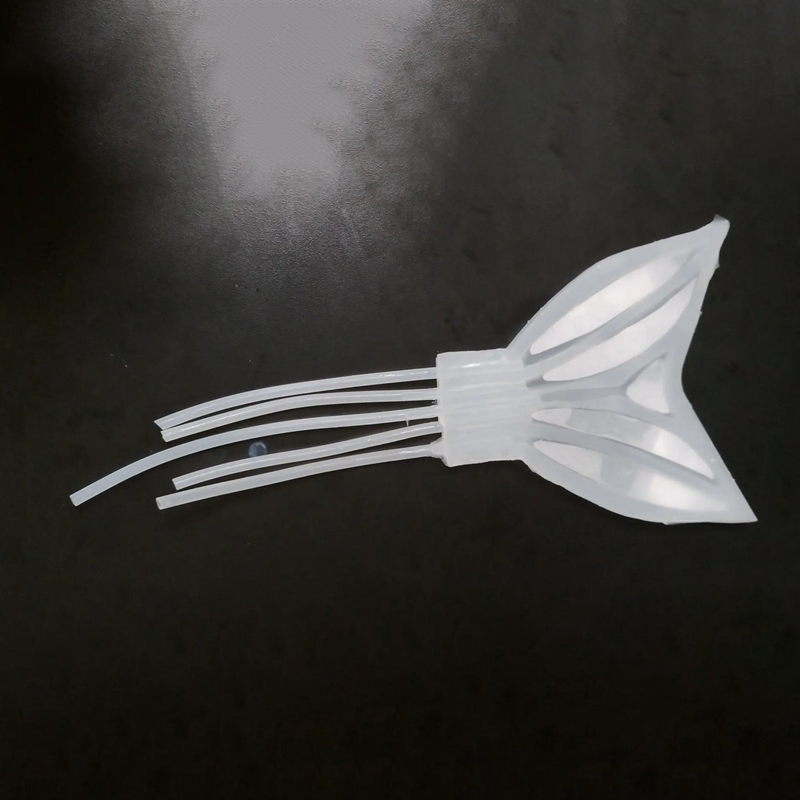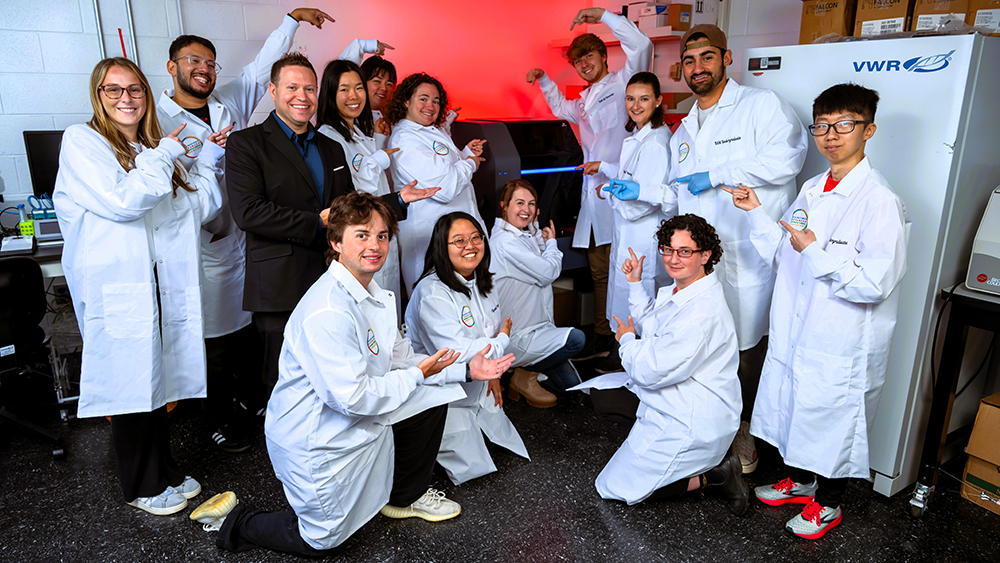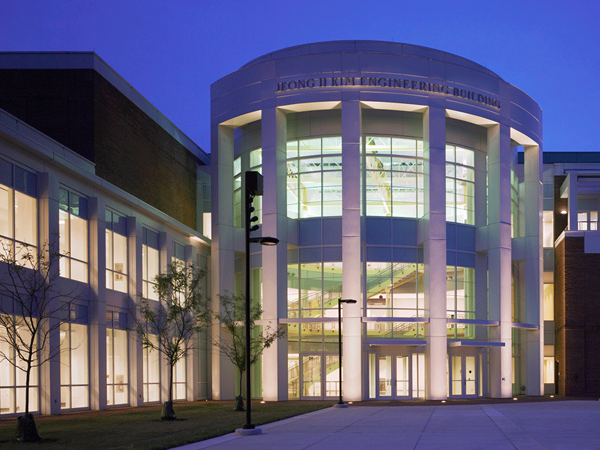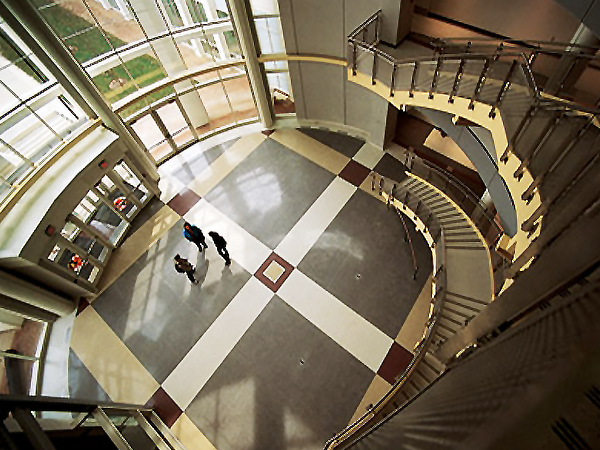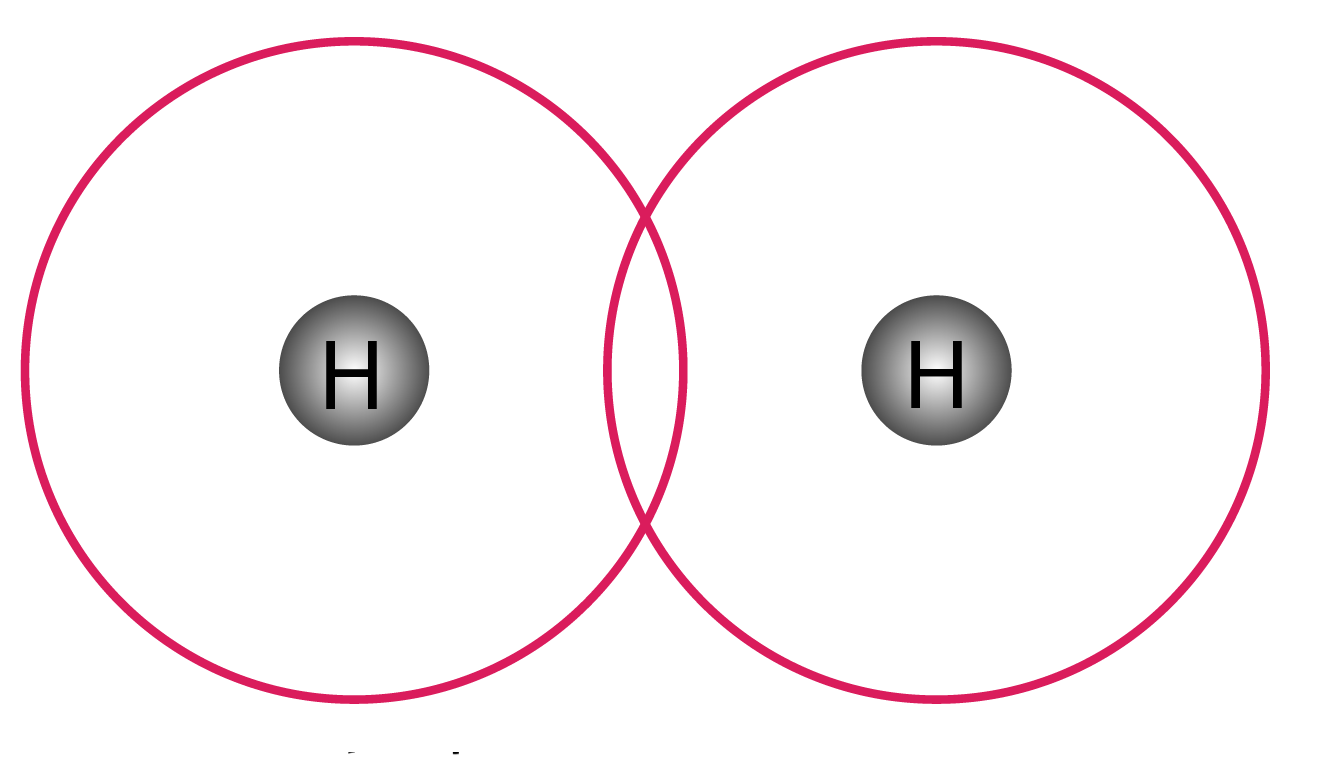News Story
Martins, Abshire, Smela, Bergbreiter win $1.5 million NSF grant

Some possibilities for configuring an ant-like microrobot.
No robots at the sub-cm3 scale exist because their development faces a number of open challenges. This research will identify and determine means for solving these challenges. In addition, it will provide new solutions to outstanding questions about resource-constrained algorithms, architectures, and actuators that can be widely leveraged in other applications.
The team will discover new fundamental principles, design methods, and technologies for realizing distributed networks of sub-cm3, ant-sized mobile microrobots that self-organize into cooperative configurations. The scope of the project involves work in:
—Distributed algorithms for distributed coordination and formation control under severe power, communication, and mobility constraints,
—Minimal electronics hardware for robot control using event-based communication and computation, ultra-low-power radio, and adaptive analog-digital integrated circuits,
—Methods of locomotion and efficient actuators using rapid-prototyping and MEMS technologies that can operate robustly under real-world conditions,
—Integrating the algorithms, electronics, and actuators into a fleet of ant-size microrobots.
These microrobots could be used for applications as diverse as search and rescue during disaster relief efforts, manufacturing, warehouse management, ecological monitoring, intelligence and suveillance, infrastructure and equipment monitoring, metrology, and medical applications such as cell manipulation and microfactories.
Published September 25, 2009
